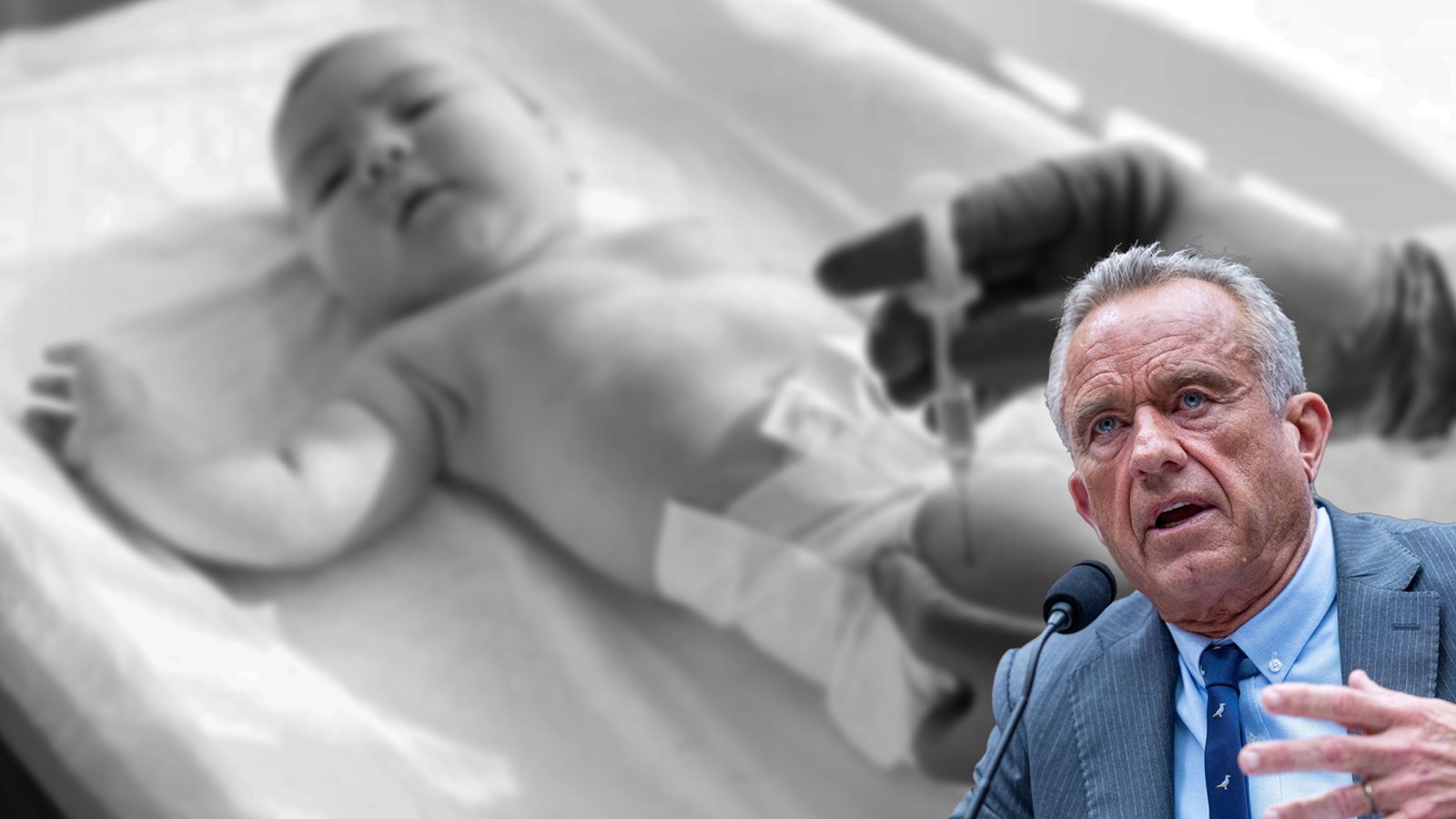
Did someone forward you this? Subscribe here free!
By Max Frost
For the first time in US history, the federal government now spends more on interest payments than on national defense. The national debt sits at roughly 124% of GDP, a level not seen since World War II. And unlike the wartime debt that was quickly paid down, today's obligations are projected to climb relentlessly upward.

Annual Net Interest Spending as a Share of Gross Domestic Product, Actual and Projected, source GAO.gov
Congressional Budget Office projections show debt exceeding the World War II record by 2027 and potentially reaching 156% of GDP by 2055 under current policies.
But what does this mean? What consequences could this have? If there’s a debt crisis, how could it play out?
That’s the subject of today’s deep-dive.

Phase 1: Early Warning
Economists say that a crisis likely wouldn't emerge overnight. Instead, it would probably begin with a gradual erosion of confidence, as investors start demanding higher yields (interest) to compensate for perceived risks. Interest costs, already the fastest-growing part of the federal budget, would accelerate their upward spiral.
As Maya MacGuineas, president of the bipartisan, anti-deficit Committee for a Responsible Federal Budget, has said, “The debt doesn’t matter until it does.”
In other words, a calm may precede a debt crisis: In this phase, the economy would continue growing, but gradually more slowly as government borrowing crowds out private investment. Higher interest rates would be felt through the economy – making mortgages, loans, and credit cards more expensive for ordinary Americans – but it wouldn’t necessarily imply a crisis.
Yet as the debt continues to grow, interest rates could continue to rise, consuming an ever-larger share of the federal budget. As that plays out, Congress would face increasingly difficult choices about which programs to fund.

Phase 2: When Confidence Cracks
Debt crises have often historically begun with a triggering event that shifts market psychology. For the US, this could take several forms: A political standoff over the debt ceiling that raises real default fears, a major economic shock that shrinks tax revenues while increasing spending needs, or simply a gradual recognition that America's fiscal trajectory has become mathematically impossible to sustain. The result could be a “fiscal crisis.”
The rest of this report is for paid subscribers, who fund our journalism. If you start a two-week free trial today, you’ll be automatically entered to win a free year. Once you sign up, you can access all of our articles here!

Editor’s Note
Thank you for reading. A number of subscribers suggested various experts who could comment on this topic, and we’ve reached out to them. We appreciate the recommendations! In the meantime, let us know: Are you worried about the debt? Or is it all overblown? Send us your thoughts by replying here.
And don’t miss our latest reports below, including the three-part series on the Big Beautiful Bill.
Happy Friday. We’ll be back with more tomorrow.
—Max and Max




